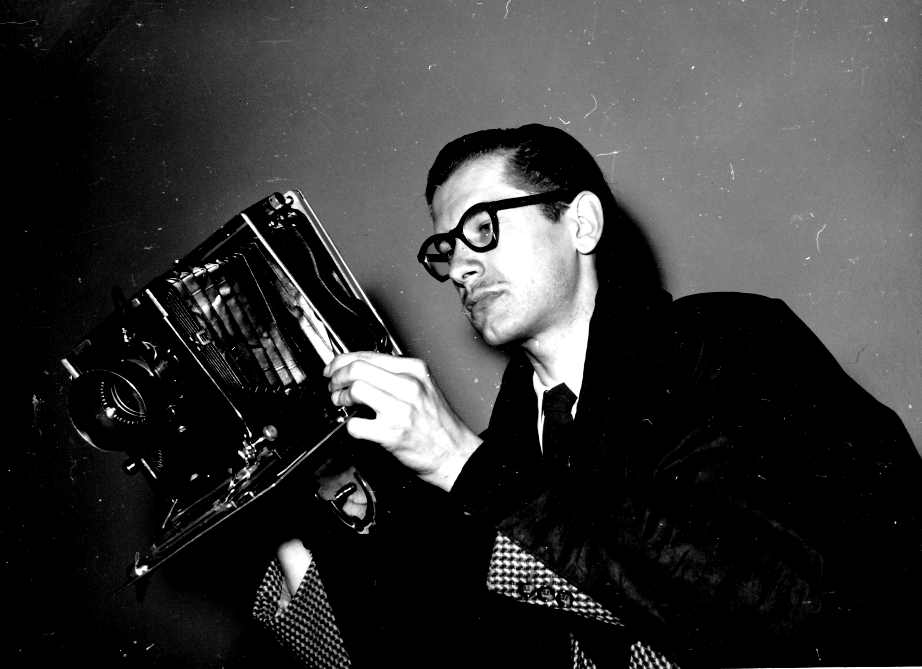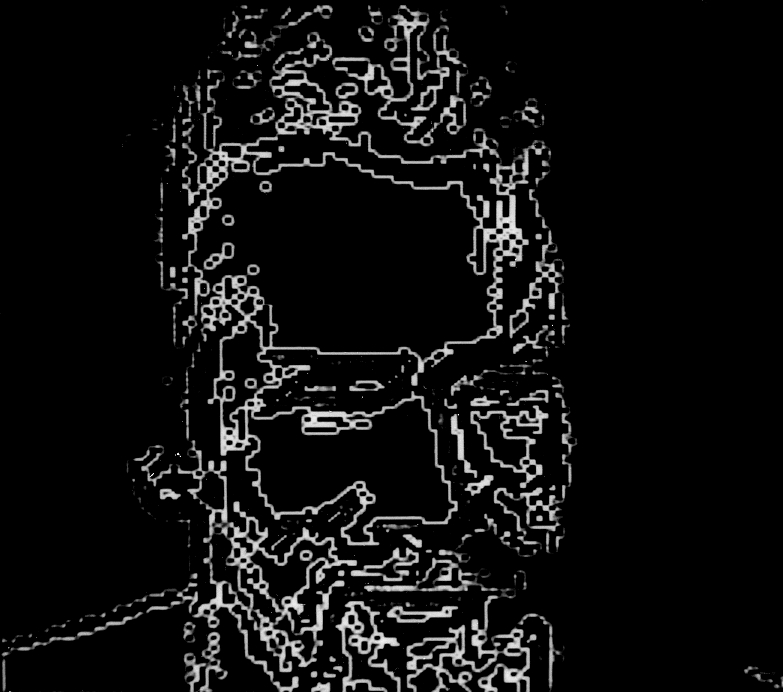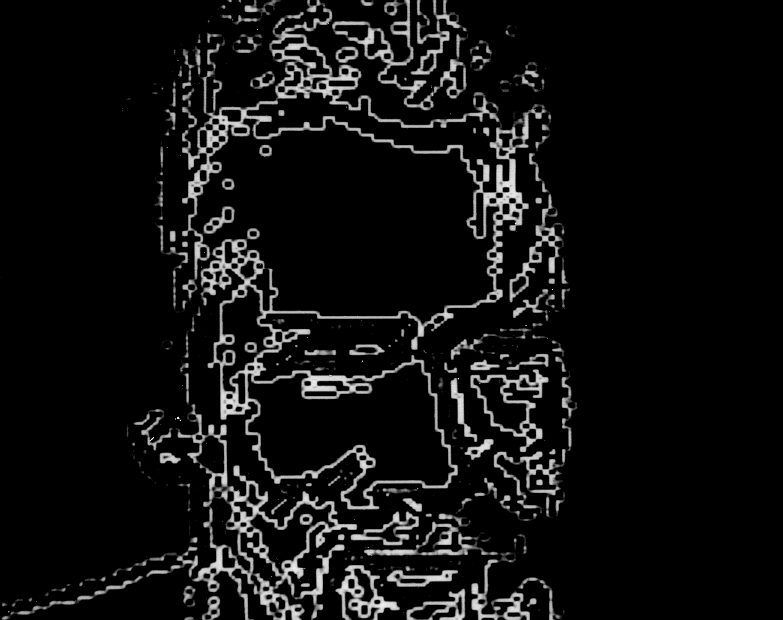+++ The global crypto community mourns on Twitter on the occasion of Herbert W. Franke’s death on July 16
+++ The art meets science – Herbert W. Franke Foundation, which is currently under construction, will preserve his legacy
+++ The pioneer of computer art and mastermind of the Metaverse Herbert W. Franke has passed away at the age of 95 in the presence of his family.
Herbert W. Franke (1927-2022) was one of the most important pioneers between art and science. He was an artist, science fiction author, curator, mathematician, physicist and speleologist. In 1979 he was a co-founder of Ars Electronica. “Die Zeit” , a popular german journal, called Franke “the most prominent German science fiction writer,” while the “FAZ” calls him a “great storyteller.” In addition, he developed a rational theory of art. As a writer, he had been a pioneer of virtual worlds since 1960 – with his first work DER GRÜNE KOMET (The green comet, published with Goldmann, Munich). In addition, he pioneered cave research with the dating of stalactites, which also revealed important information about climatology beginning from the last ice age.


As early as 1957, Franke provided proof in a book entitled Kunst und Konstruktion (Art and construction)(Verlag F. Bruckmann, Munich) that technology “opens up previously unimagined new artistic territory”. Throughout his life, Franke has consistently explored new territory with analytical methods and the help of machines like few others, looking into the future of digital art for more than 70 years until he arrived in the metaverse as an artist and curator in the early 2000s. A computer artist from the very beginning, he experimented with generative photography in 1953, used an analog computer from 1954 and the first mainframe computers for his abstract algorithmic art from the 1960s, before beginning to program himself in 1980 with one of the earliest Apple IIs.
Pioneer of Generative Art
Since the 1960s, he has been one of the most important pioneers of digital art, which he has significantly influenced in its development in the following decades and also accompanied as a publicist and curator. In 1970, he was represented at the Venice Biennale with a silkscreen from his QUADRATE (squares) series. It is his first work created with a digital computer, in which he let chance work together with an algorithm.
Herbert W. Franke saw mathematics with its abstract world of formulas as the essence of visual art since its beginnings in the 1950s. While he saw the artist in the role of the analytical creator who creates structures with mathematical methods, he assigned the computer the task of modulating these ordering principles through varying random processes. Franke therefore saw the computer early on in the role of a partner. He was always looking for known or even newly discovered mathematical principles to use in his experiments in art. For Franke, it was clear that it was the artist’s task to examine new technologies with their great social significance for their creative potential, but also to draw attention to their opportunities and dangers. For they should not be reserved for technocrats, commerce or even the military. In his multiple award-winning utopian novels and anthologies, the tension between science and technology and society and the individual, with its opportunities and dangers, was also at the center of the stories.
TRIBUTE TO HIS LIFE’S WORK AND THE ESTABLISHMENT OF THE FOUNDATION


In 2022, the Francisco Carolinum in Linz, the UNESCO City of Media Arts, honored the unique life’s work of the Austrian artist, science fiction author and scientist on the occasion of his 95th birthday with the VISIONARY exhibition. “I am very happy that we were still able to fulfill Herbert W. Franke’s wish for a solo exhibition in his home country at the Francisco Carolinum,” says Alfred Weidinger, Director of OÖ Landes-Kultur GmbH.
His first NFT drop sold out within 30 seconds on one of the leading NFT platforms Quantum in June 2022, an action that served as fundraising for a foundation: the art meets science – STIFTUNG HERBERT W. FRANKE. This foundation aims to make Franke’s pioneering achievements and works more accessible to the public, to publicize them in exhibitions and events, and to support scientific symposia on relevant topics. The foundation, which is still to be established in the summer of 2022, will also co-finance or itself realize research projects that are intended to further expand the bridge built by the visionary in the 20th century between the world of art and natural science in the 21st century.
When Franke became active on Twitter on March 8, 2022, @HerbertWFranke’s account grew to 10,000 followers within 24 hours. His first tweet got more than 15,000 likes and more than 2,000 retweets.


Herbert W. Franke was a member of the PEN Center Germany. In 2007, he received the Austrian Cross of Honor for Science and Art 1st Class from the Austrian Federal Ministry of Culture, and in 2022, he received the Cultural Medal in Gold, the highest award of the state of Upper Austria. In 2018, he received an honorary doctorate from the Staatliche Hochschule für Gestaltung Karlsruhe. He has held teaching positions at the Ludwig Maximilian University in Munich, the University of Applied Sciences in Bielefeld, and the Academy of Fine Arts in Munich, among others.
His works are in international museums and private collections such as the Centre Pompidou, Paris; Victoria & Albert Museum, London; Kunsthalle Bremen; Belvedere, Vienna; Preußischer Kulturbesitz, Berlin; the Zentrum für Kunst und Medien | ZKM Karlsruhe, and the Francisco Carolinum in Linz.
The HERBERT W. FRANKE ARCHIVE at the Center for Art and Media | ZKM Karlsruhe contains over 1,800 manuscripts that are currently being recorded and digitized. The Francisco Carolinum in Linz is currently preparing catalogs of Herbert W. Franke’s works; the first publication will cover his early works up to 1962.

